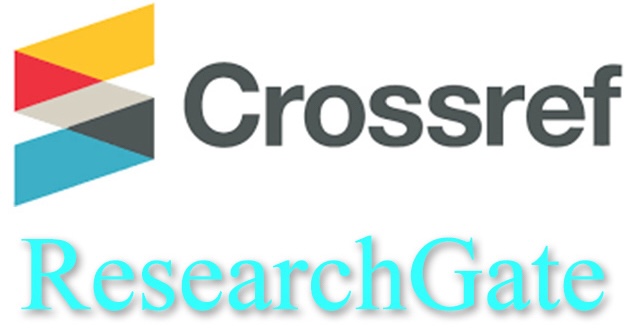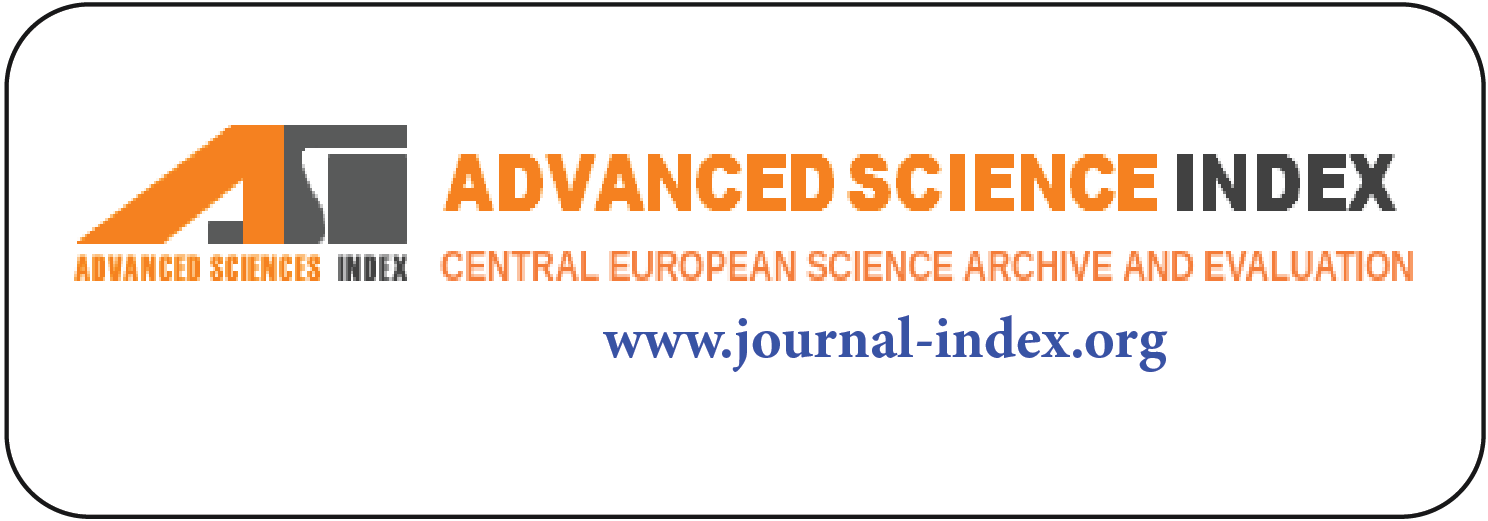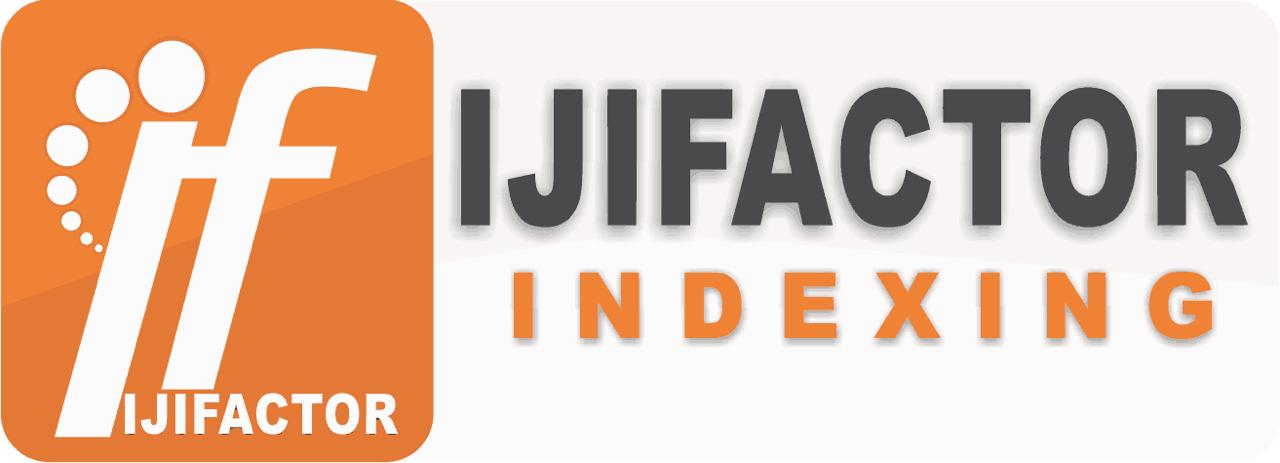USD Exchange Rate Cycles Using Developed and Developing Currencies and Risk Factors
DOI:
https://doi.org/10.56868/jadhur.v1i1.10Keywords:
Exchange Rates Cyclical, Risk Factors, Developing Currencies, Developed CurrenciesAbstract
This paper predicts the exchange rates cyclical for US dollar [forecast two states for exchange rates; appreciation and depreciation] through using developing and developed currencies along with two risk factors (TED spreads and Inflation). Probity and logit models along with the principal component analysis and factor analysis are used to retain the most powerful components and factors. The empirical findings reveal that risk factors are not key factors in determining the exchange rates' cyclical behavior for the US dollar. Furthermore, the Sterling Pound is the only variable that has a consistent result that is more likely to cause appreciation for the US dollar exchange rate using all types of regressions. In addition, Renminbi shows inconsistent effects between different regressions; using OLS is less likely to cause appreciation for the US dollar exchange rate. By contrast, using Logit and Probit regressions is more likely to cause appreciation for the US dollar exchange rate. On the other hand, principal component analysis and factor analysis show that for all currencies we should retain two components and factors to be able to explain around 80% of the variation in exchange rate cyclical.
Downloads
Published
How to Cite
Issue
Section
License
Copyright (c) 2022 Khaled Bataineh

This work is licensed under a Creative Commons Attribution 4.0 International License.
















